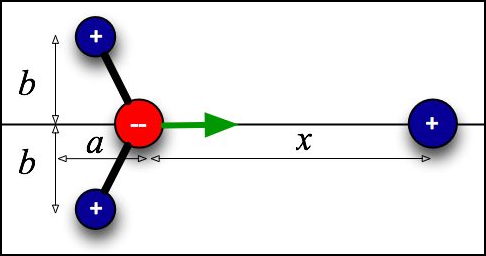In recitations, you will:
- work through an extended multi-part problem often with a biological context;
- work in groups of three or four;
- be applying the principles you read in the class readings and lecture.
In the labs, you will:
- learn physics relevant to microscopic and living systems;
- use 21st century physics tools and software;
- deal with data-rich environments; and
- learn how to design your own experiment and interpret data.
The laboratories are held in a community lab style that will allow you to work together in groups of 4 students on experiments. More information on the community lab style, including information on how the labs will be graded can be found at this LABS LINK.
Laboratories will cover 5 experiments, four of them lasting 2 weeks, one lasting 3 weeks. At the end of each experiment you will work in the lab to finish a laboratory report and present your findings (and ideas for followup experiments) to the other laboratory working groups.
There will be pre-readings for some laboratories that you will be able to access through WebAssign just like the regular readings. (Green indicates required WebAssign pre-readings.) Although they are assigned to be closed before the last lab of the week, you should do the assignment before you come to your lab section.
The recitation sections will be group problem solving. Typically, you will work through an extended multi-part problem, often with a biological context. The TA (and LAs when present) will help you but will not tell you exactly how to solve the problems set before you!
Attendance at every lab is required. If you anticipate missing a lab session, try to arrange ahead of time to attend another lab section for that session (for a 1-week lab) or for the entire lab unit (for a 2-week lab). If it is not possible to attend a different lab session, contact your TA as soon as you are aware of your impending absence. Only those with a VALID WRITTEN EXCUSE for missing a lab will be allowed to do a makeup activity at the end of the semester (that will take at least two hours and may involve doing another lab or evaluating data). If you do not have a valid written excuse, you will get a zero for the week that you missed. You may make up a maximum of one excused absence. If you miss more than two weeks (have more than two 'zeros', i.e., if you miss more than two lab sessions), you may receive an incomplete or a failing grade for the entire class.

